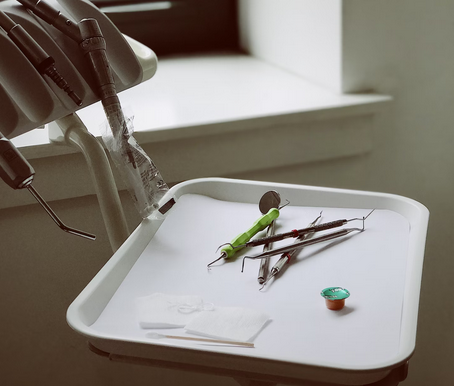Everyone has abdominal pain sometimes. It’s annoying but usually harmless, attributed simply to a mild bug, indigestion or too much of a certain food.
But whilst most abdominal pain is temporary, it can sometimes point to more serious medical problems like pancreatic conditions. Clues can be found in the type, location and severity of the pain, so thorough examination is recommended.
As a competent, diligent healthcare professional, it’s essential to confidently identify when your patient’s stomach pains are minor and temporary, or something much more serious.
Table of Contents
What Are The Common Causes Of Abdominal Pain?
Constipation
Constipation can happen for a number of reasons, and is essentially when a person has two bowel movements a week or fewer. It can lead to cramping and pain in the abdomen and rectum as well as bloating and nausea.
Trapped Wind
Trapped wind can occur as the body breaks down food. It may result in belching, nausea or flatulence and/or stomach cramps.
A Stomach Bug
This could be viral or bacterial and bring about tenderness in the abdomen, vomiting and/or diarrhoea.
Bloating
This is where excess gas has built up in the digestive tract. It can make the abdomen look distended and feel tender.
Indigestion
Indigestion can show itself in a variety of ways, with symptoms involving acid reflux, an upset stomach, cramping and bloating.
When Abdominal Pain Is Severe
In serious cases, the pain in the abdomen can be prolonged or very severe. This may be an indication of an underlying condition that needs urgent treatment, such as:
Appendicitis
Where the appendix (part of the large intestine) becomes infected and inflamed. This may lead to it rupturing, which can be life-threatening without emergency surgery to remove the organ.
Gallstones
Gallstones are hard stone-like particles consisting of cholesterol and other materials. They form in the gallbladder, which sits just under the liver.
Gallstones can cause the gallbladder to become very inflamed, usually requiring its removal.
Stomach (peptic) ulcers
These are sores that can grow in the lining of the small intestine and stomach. They can bleed or burst and be fatal without urgent treatment.
Pancreatitis
The pancreas produces insulin and glucagon. These two hormones process sugar in the body, and aid digestion. Pancreatitis is when the pancreas becomes so inflamed it can’t do its job properly, and is incredibly painful.
INFLAMMATORY BOWEL DISEASE (IBD)
This is a chronic inflammation in the digestive tract. It can cause severe pain as well as rectal bleeding, diarrhoea, vomiting and weight loss. Examples of IBD include ulcerative colitis and Crohn’s disease.
Enhance Your Skills In Identifying And Treating Abdominal Conditions
If you’re a nurse or other healthcare professional and wish to refresh your skills around abdominal pain, then our CPD course Minor ailments online: gastrointestinal conditions for the primary care practitioner may well prove useful.
Offering the chance to build confidence in dealing with some straightforward and some more ambiguous gastro-intestinal presentations, it covers both minor and more serious conditions within an evidence-based context. It’s completed using Zoom (great for social distancing!) and is worth 4 hours of CPD over half a day.
The course is being run on the 28th October 2020 and it’s likely to be popular – sign up today.





